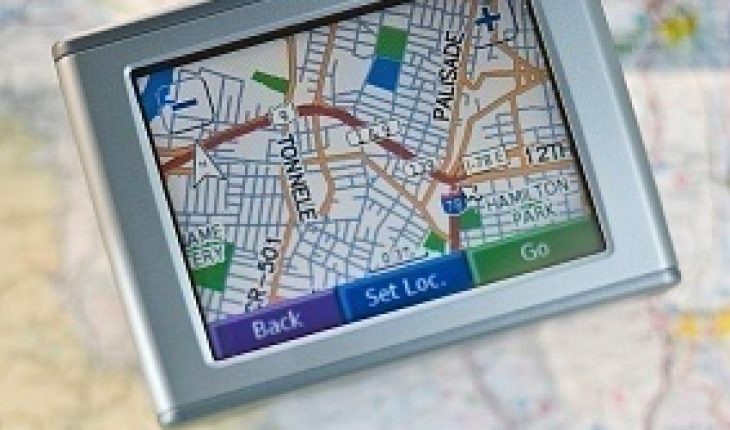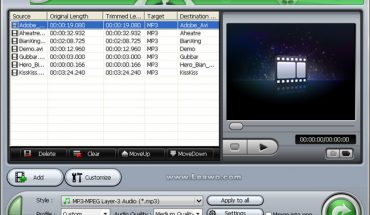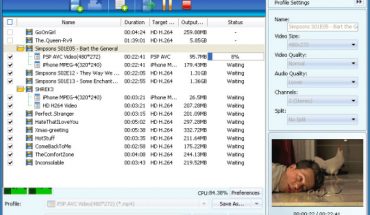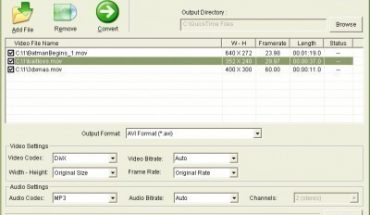How exactly you use a GPS will vary, as different products have different features. However there are a few basic steps common among all applications.
Basic Steps for Operating a GPS
Take the GPS out of the box and look at the manual. Look for the antenna type your GPS is using. This will be in the “specifications” or “technical information” section.
Two types are commonly used: the quadrifilar helix antenna and patch antenna. Hold the GPS in a flat manner if it’s the patch type. For a quadrifilar antenna, it should be held upright.
Choosing the Right Location
Pick a spot where you have an unobstructed view of the sky. Trees, houses and other similar objects make using a GPS difficult. Trees can actually disrupt or block the signals altogether. Remember that a GPS works by getting signals from satellites, so a clear landscape is necessary. For best results, the GPS should be shoulder height.
Position Averaging and WAAS (Wide Area Augmentation System)
Position averaging means letting the GPS determine measurements and compute the average position. It is then stored in memory. The WAAS signal is relayed from geo-stationary communications satellites.
WAAS is necessary so the GPS provides the most accurate measurements. GPS devices use different means for activating these features. Look in the user guide for information on how to turn on these features.
Using a GPS Properly
You don’t need to keep holding the GPS shoulder high all the time. This is necessary only if pinpoint accuracy is required. For example, you’ll need to hold a GPS at shoulder height to establish a waypoint. If your GPS manual suggests something different, follow it.
Bear in mind that position averaging and other features are not present in all GPS receivers. On the other hand, some receivers have automated position averaging functions. Calculation times also vary.
Usually a GPS measures every second. On the average, it takes 3 minutes to get an accurate gauge of your position. When using a GPS to gauge your position, stand still.
Notes on WAAS
WAAS was originally designed for aviation. However it has also been implemented in GPS receivers. The difference between a GPS receiver with WAAS and one without it can be significant. For WAAS to work, your GPS must support the function. The area you’re in must also have WAAS.
Tips and Warnings
Always carry a map or cell phone when you go trekking. A GPS is a reliable tool, but don’t be overly dependent on it. Like other electronic devices, it can break down. As stated earlier, trees and buildings can block the signal. Always remember that its functionality is limited.
Never use a GPS in the jungle until you’ve totally mastered it. If it’s you’re first time to employ a GPS in the wild, have an experienced friend or guide with you. Always look at where you’re headed and not just the GPS.
Even if you don’t think you’ll be using a GPS, knowing how to is a good idea. You’ll never know when you’ll end up in the wild or trekking.





